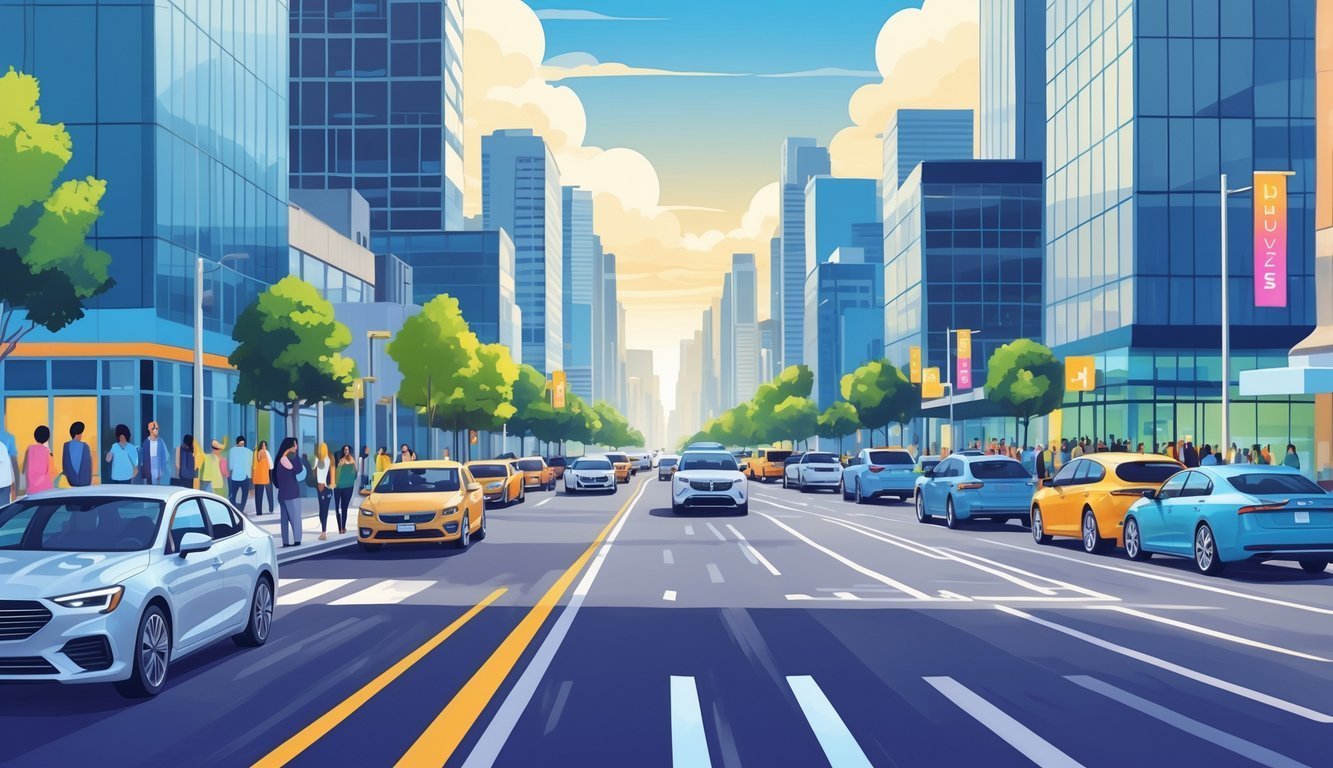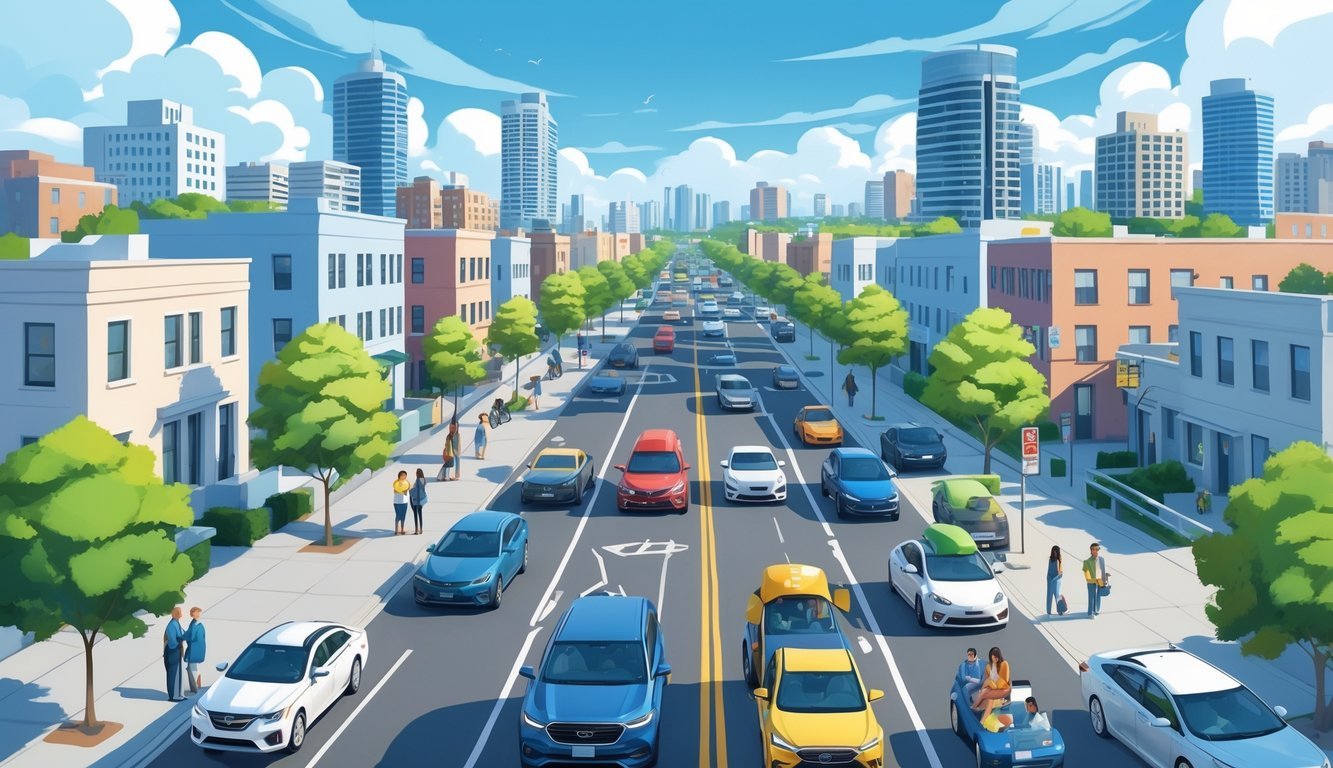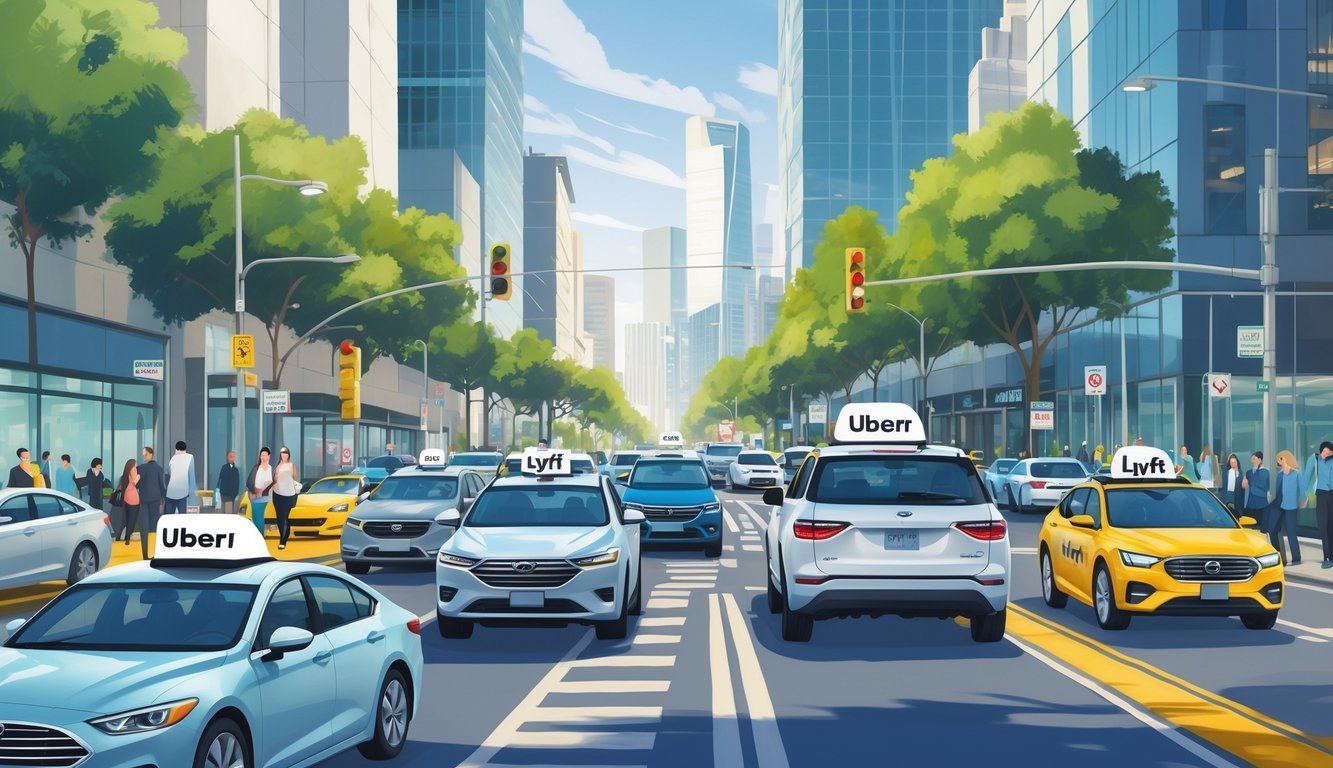PsychNewsDaily Publishers
100 Summit Drive
Burlington, MA, 01803
Telephone: (320) 349-2484
PsychNewsDaily Publishers
100 Summit Drive
Burlington, MA, 01803
Telephone: (320) 349-2484
Ride-sharing services like Uber and Lyft often lead to increased car ownership, particularly in cities with heavy driving cultures, impacting public transit usage and urban traffic patterns.

Think Uber and Lyft help cut down on car ownership when they roll into a new city? Well, it’s not that simple. Research shows that after these ride-sharing companies arrive, people actually end up owning more cars, not fewer. That’s a bit unexpected, right? Most folks assume ride-sharing would make having your own car less necessary.
This bump in car ownership shows up most in cities where lots of people already drive. Sure, some trips happen in an Uber or Lyft, but plenty of people hang onto their own vehicles for convenience. So, your city could see more cars on the street after ride-sharing launches, not fewer.
Trying to figure out why? It’s not just about counting cars. It’s about how people juggle ride-sharing with owning a car themselves.

When Uber and Lyft show up in a new city, car ownership usually goes up instead of down. This shift changes how people use public transit and affects urban travel habits. You’ll spot these changes in big cities like Los Angeles and San Francisco.
You might expect ride-sharing to cut down on car ownership. But in most cases, the number of cars actually increases. Studies have found that when Uber and Lyft hit urban areas, vehicle registrations climb by about 0.7% on average.
That effect gets stronger in cities where public transit isn’t great—think car-heavy places like Los Angeles. People use Uber or Lyft for some trips, but still want their own car for daily life. Some folks use ride-sharing to dodge parking headaches, but they don’t ditch their cars.
So, Uber and Lyft can encourage more people to keep or buy vehicles, which adds to traffic and parking headaches.
When ride-hailing grows, fewer people ride public transit. You’ll probably notice emptier buses and trains as people pick Uber and Lyft for convenience. In places like New York City, some transit users swap to rideshares instead of walking or waiting.
This shift drains money from public transportation since fewer riders means less funding. It also makes improving transit services harder.
In some spots, ride-hailing connects people to transit stops as a first- or last-mile fix. Still, that perk doesn’t really make up for the overall drop in transit use.
Uber and Lyft shake up how people move around. Vehicle miles traveled usually go up, with more folks driving or taking longer trips. That adds to traffic jams and pollution.
Cities like San Francisco see mixed effects depending on the neighborhood and how good the transit is. In well-connected places, ride-hailing might reduce the need for a car. But in areas with bad transit, it often leads to more car use.
More ride-sharing trips also replace walking or biking, which isn’t great for city health or the environment. Urban planners really have to think about these shifts when they plan future transportation.

When Uber and Lyft arrive in a city, you’d expect fewer cars on the road, right? But that’s not what happens. There are several reasons more people end up owning vehicles even with ride-hailing around. These reasons tie into public transit, shared rides, and changes in traffic and pollution.
Ride-hailing sometimes makes public transit and taxis less popular. In some cases, this pushes more people to buy cars. Transit agencies lose riders when Uber and Lyft show up, especially among folks who used to rely on buses or subways.
Taxis face more competition and might drop prices or lose customers, but overall demand for ground transportation can rise. If public transit gets slower or less frequent because of this, owning a car starts to look better—especially if you live somewhere with unreliable mass transit.
Shared ride options like Lyft Line tried to cut down on car use. But most rides aren’t actually shared. Many people use Uber or Lyft for trips they’d otherwise walk, bike, or take transit. That means more vehicle miles traveled in the city.
Regulations sometimes limit pickups or drop-offs near busy spots. Drivers end up circling or picking up people in less efficient ways, which adds to traffic. You’ll also see more “deadheading”—drivers cruising without passengers—which adds extra cars without helping anyone get somewhere.
More cars on the road means more traffic and usually more pollution. You might hope for lower emissions if ride-hailing replaced car ownership, but studies say the extra driving wipes out those gains. Sometimes, emissions even increase because of longer trips and more frequent ride-hailing.
Traffic congestion gets worse too, with more vehicles fighting for space. Some cities try congestion pricing or other rules to limit this, but ride-hailing often still adds extra cars at the busiest times. This can make biking or walking less safe or convenient, so owning a car starts to look like the easy way out.

People have a lot of questions about how Uber and Lyft change car buying, traffic, and public transit. The rules for vehicles, insurance, and even the environment can get pretty complicated.
When Uber and Lyft launch in a new city, studies find that car ownership tends to go up. People might want cars for certain trips or to drive for the ride-share companies themselves.
More ride-sharing vehicles on city streets usually means heavier traffic. Parking demand can rise too, since more people keep or buy cars even with ride-sharing around.
Your Uber or Lyft driver can only use a car that’s approved in the app. Drivers can’t just switch to a different vehicle unless it’s registered with the ride-share service.
Ride-sharing can compete with or sometimes complement public transit. Some people use Uber or Lyft instead of buses or trains, which can lower transit ridership in some neighborhoods.
Insurance rates might change in places where ride-sharing is common, since more driving increases risk. Insurance companies may adjust premiums based on how many ride-share drivers are out there.
Ride-sharing companies like Uber and Lyft say they want to cut down on cars. Still, when they move into new cities, people sometimes end up buying more cars or driving more miles than before.
That can bump up emissions, which isn’t exactly what most folks hope for. The environmental impact really depends on what people in each city do and what local leaders decide.